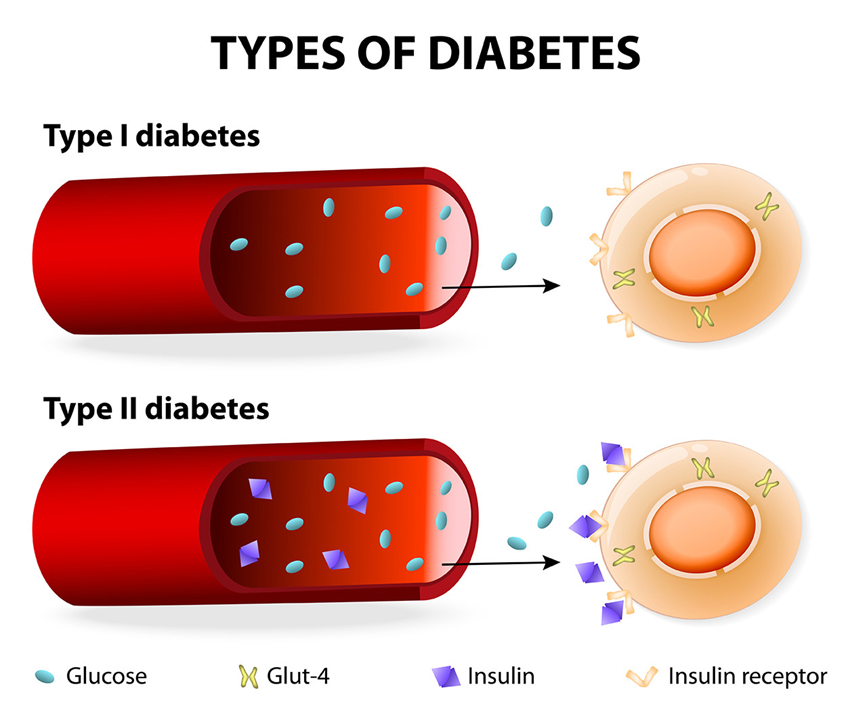A nurse is discussing the plan of care for a school-age child who was recently diagnosed with diabetes mellitus with the child's parents. The family of three is living on a tight budget because the father's business has been closed due to the COVID-19 lockdown. Which of the following factors requires attention from the nurse?
The elementary school is closed and students are learning remotely.
The power company has issued a lenient notice for back payment of debt.
The family may not be able to see preferred providers due to increased health insurance costs.
The family enrolled in the Supplemental Nutrition Assistance Program to receive extra food benefits.
The Correct Answer is C
Choice A Reason:
The closure of the elementary school and the shift to remote learning is a significant change for the child and family. However, it does not directly impact the child's diabetes management. The nurse should be aware of this change as it may affect the child's routine and stress levels, but it is not the primary concern in managing diabetes.
Choice B Reason:
The lenient notice from the power company regarding back payment of debt is a relief for the family, but it does not directly affect the child's diabetes care. While financial stability is important, the immediate concern for the nurse is ensuring the child has access to necessary medical care and supplies.
Choice C Reason:
The family may not be able to see preferred providers due to increased health insurance costs. This is a critical issue because access to preferred healthcare providers is essential for managing the child's diabetes effectively. Consistent care from knowledgeable providers ensures proper monitoring, education, and adjustments to the child's treatment plan. Without access to these providers, the child's health could be compromised.
Choice D Reason:
Enrollment in the Supplemental Nutrition Assistance Program (SNAP) to receive extra food benefits is beneficial for the family's overall nutrition. However, it does not directly address the specific needs related to managing diabetes. While good nutrition is important, the primary concern is ensuring access to specialized medical care.

Nursing Test Bank
Naxlex Comprehensive Predictor Exams
Related Questions
Correct Answer is D
Explanation
Choice A Reason:
Assessing the client's wound is a task that requires clinical judgment and expertise, which falls under the scope of practice of a registered nurse (RN) or licensed practical nurse (LPN). Assistive personnel (AP) are not trained or authorized to perform assessments, as these require a higher level of clinical knowledge and decision-making.
Choice B Reason:
Notifying the case manager of the client's wishes for community resources involves communication and coordination of care, which are responsibilities typically handled by an RN or LPN. This task requires understanding the client's overall care plan and the ability to communicate effectively with other healthcare professionals.
Choice C Reason:
Reviewing the client's medications is a task that involves understanding the medications, their purposes, potential side effects, and interactions. This requires clinical knowledge and judgment, which are beyond the scope of practice for AP. Medication review is typically performed by an RN or LPN.
Choice D Reason:
Assisting the client with bathing and oral care is a task that falls within the scope of practice for AP. These activities are part of the basic care tasks that AP are trained to perform. They involve helping the client with daily living activities, which do not require clinical judgment or decision-making.
Correct Answer is A
Explanation
Choice A: Make a Report to Child Protective Services (CPS)
This is the correct action for the nurse to take. Nurses are mandated reporters, meaning they are legally required to report any suspected cases of child abuse or neglect to the appropriate authorities. Child Protective Services (CPS) is the agency responsible for investigating reports of child abuse and ensuring the safety and well-being of children. Reporting to CPS ensures that the case is handled by professionals trained to investigate and intervene in such situations.
Choice B: Call the Police and Report the Suspected Abuse
While calling the police may seem like a logical step, it is not the primary action a nurse should take in this situation. The police may become involved later in the process, especially if there is an immediate threat to the child's safety. However, the initial report should be made to CPS, as they are the designated agency for handling child abuse cases.
Choice C: Call the Child's Guardian to Have the Child's Pediatrician Confirm the Suspected Abuse
This action is not appropriate because it could potentially place the child in further danger. If the guardian is the abuser, notifying them could lead to retaliation against the child or attempts to cover up the abuse. Additionally, it is not the role of the pediatrician to confirm abuse; this is the responsibility of CPS and law enforcement.
Choice D: Alert the School Principal of the Situation
While it is important to keep school officials informed, the nurse's primary responsibility is to report the suspected abuse to CPS. The school principal can be informed after the report has been made, but the immediate priority is to ensure the child's safety by contacting the appropriate authorities.

Whether you are a student looking to ace your exams or a practicing nurse seeking to enhance your expertise , our nursing education contents will empower you with the confidence and competence to make a difference in the lives of patients and become a respected leader in the healthcare field.
Visit Naxlex, invest in your future and unlock endless possibilities with our unparalleled nursing education contents today
Report Wrong Answer on the Current Question
Do you disagree with the answer? If yes, what is your expected answer? Explain.
Kindly be descriptive with the issue you are facing.
